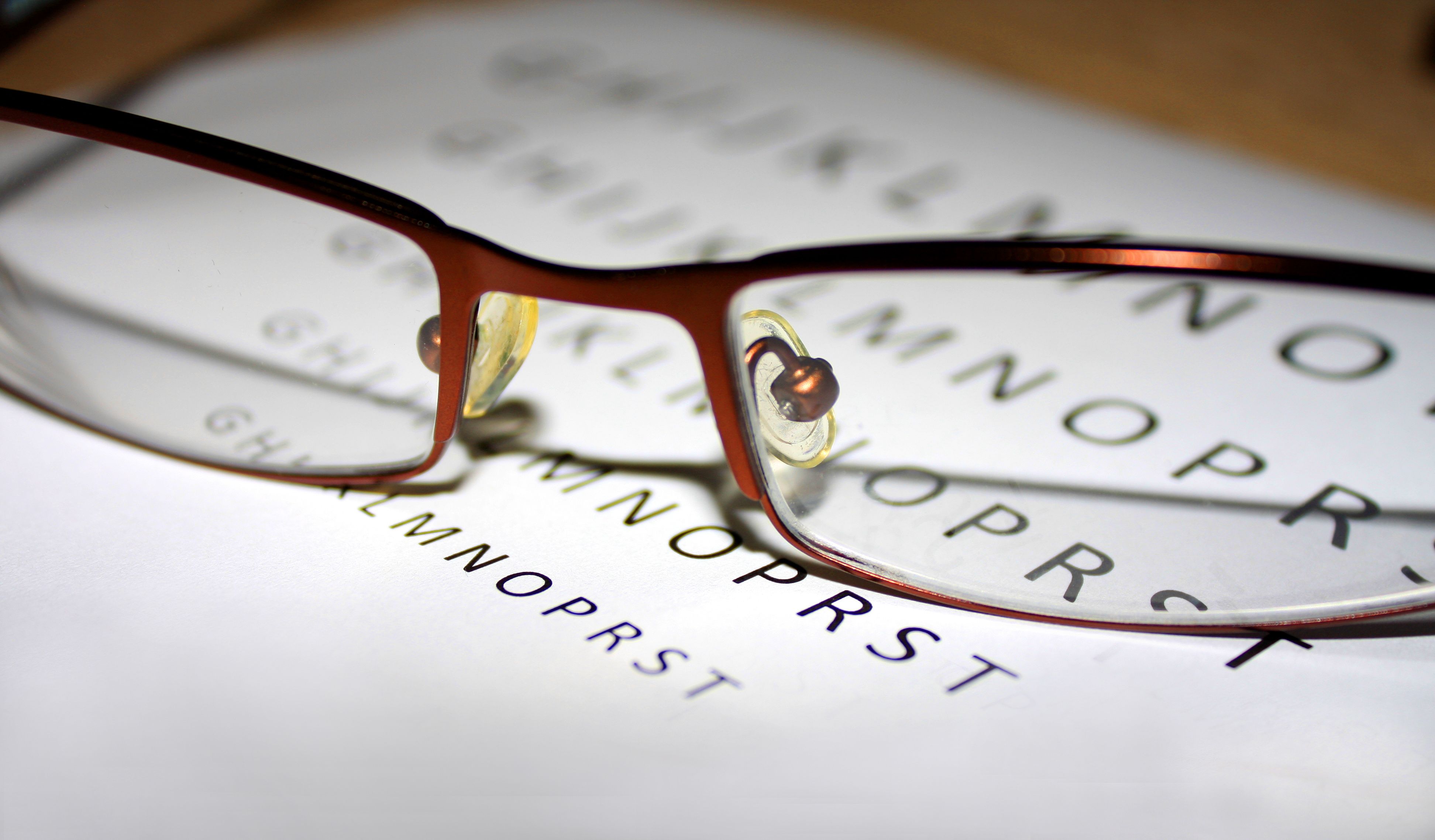- Center on Health Equity & Access
- Clinical
- Health Care Cost
- Health Care Delivery
- Insurance
- Policy
- Technology
- Value-Based Care
Visual Acuity Enhanced in Patients With DME, RVO With Foveal Bulge
Patients with a foveal bulge had significantly enhanced visual acuity if they also had resolved diabetic macular edema (DME) or retinal vein occlusion (RVO).
Outcomes in visual acuity (VA) may be easier to determine with the presence of a foveal bulge in patients with resolved diabetic macular edema (DME) and retinal vein occlusion (RVO), according to a study published in Cureus.1 Increases in VA were found to be more pronounced in patients with RVO compared with DME.
Visual impairment and blindness are often caused by retinal vascular diseases. The leading cause of blindness in those of working age is DME, a severe complication of diabetic retinopathy,2 whereas RVO is the next most common retinal vascular disease. A foveal bulge, a protrusion at the inner segment-outer segment line at the center of the fovea, has been associated with better VA in all retinal disorders. Previous studies have found that the foveal bulge could be a diagnostic tool for visual impairments, such as DME and RVO. This study aimed to evaluate the relationship between VA and the foveal bulge in patients with DME and RVO.
Visual acuity could be affected with a foveal bulge in patients with DME or RVO | Image credit: Miroslav110 - stock.adobe.com

Data from the Ranibizumab for Edema of the Macula in Diabetes (NCT00407381) and Role of Laser in the Management of Retinal Vein Occlusion (NCT01003106) clinical trials were used for this study. Patients were excluded if they had any confounding ophthalmological conditions, media opacities that affected spectral domain optical coherence tomography (SD-OCT), had active ocular infections, or had systemic conditions. Patients with the presence of a foveal bulge had their SD-OCT scans evaluated, with the bulge identified using the scans themselves. The thickness of the bulge was also measured.
There were 42 patients included in the study, 22 of whom had resolved DME, and 20 who had resolved RVO. The mean (SD) age of the participants was 63.98 (11.42) years, with the mean age of those with DME being 67 (10.6) years and those with RVO being 60.75 (11.56) years. The mean VA was 42.20 (13.64) letters in those with DME and 54.50 (20.46) letters in those with RVO.
The β coefficient for the presence of a foveal bulge was 10.14 (95% CI, 7.57-24.84) in relation to VA in patients with DME. The external limiting membrane (ELM) had a β coefficient of 36.19 (95% CI, 18.10-54.28). Significant correlations with VA were not found in sex, age, central foveal thickness, subretinal fluid, or study eye.
The β coefficient for the foveal bulge was 18.71 (95% CI, 1.76-35.65) in relation to VA in patients with RVO. Presence of ELM was not found to be significant in patients with RVO and no other factors had significant correlations to VA. The β coefficient for the foveal bulge was 14.24 (95% CI, 7.95-20.53) when combining the analysis of both DME and RVO patients. VA was better in women when compared with men in this group with a β coefficient of 10.78 (95% CI, 4.62-16.94) and the presence of ELM was significantly associated with VA with a β coefficient of 23.21 (95% CI, 8.13-38.30).
There were some limitations to this study. There was a small sample size of only 42 patients for this study, which could reduce generalizability and reduce statistical power. There was no control group included in this study in favor of assessing the effect of the foveal bulge on the patients, which eliminated the possibility of accounting for age effects.
The researchers concluded that “the presence of a foveal bulge is significantly associated with improved VA in patients with resolved DME and RVO.” Patients with RVO had a greater increase in VA when compared with those living with DME.
References
- Olaniyi SA, Ali M, Sharma A, et al. The impact of the foveal bulge on visual acuity in resolved diabetic macular edema and retinal vein occlusion. Cureus. Published online December 11, 2024. doi:10.7759/cureus.75543
- Elyasi N, Hemmati HD. Diabetic macular edema: diagnosis and management. American Academy of Ophthalmology. May 1, 2021. Accessed January 13, 2025. https://www.aao.org/eyenet/article/diabetic-macular-edema-diagnosis-and-management
Cumulative Atropine Not Associated With Increased Risk of Ocular Events in Children With Myopia
September 17th 2025Although children living with myopia taking atropine did experience an increased incidence of cataracts, glaucoma, or maculopathy, it is unclear if this risk was confounded by myopia severity.
Read More
